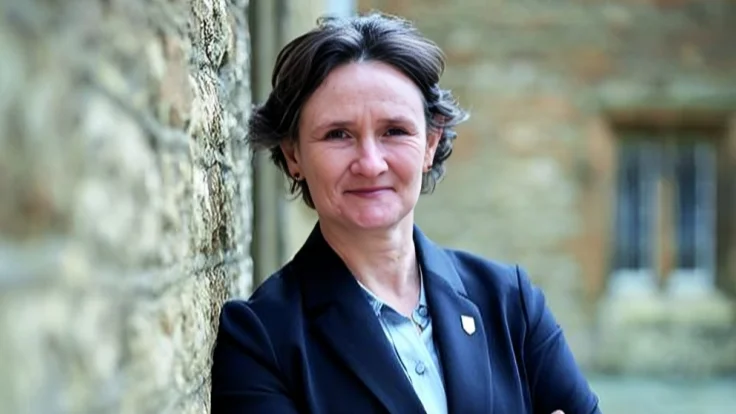A new study published in Nature Communications describes a device that can non-invasively target deep brain regions with high precision using transcranial ultrasound stimulation (TUS). This technology, developed by researchers from University College London (UCL) and the University of Oxford, aims to modulate neuronal activity without surgery.
Traditional TUS systems have been limited in their ability to focus on small, specific areas deep within the brain. The newly introduced system uses 256 ultrasound elements arranged in a helmet, along with a soft plastic face mask to stabilize the head for more accurate targeting. According to the research team, this setup allows them to influence areas about 1,000 times smaller than conventional devices and 30 times smaller than previous deep brain ultrasound technologies.
The team tested the device on seven human volunteers by directing ultrasound at the lateral geniculate nucleus (LGN), a part of the thalamus involved in visual processing. During one experiment, participants viewed a flashing checkerboard while undergoing stimulation. Functional MRI scans showed increased activity in their visual cortex, indicating precise targeting of the LGN. In another test, decreased visual cortex activity was observed for at least 40 minutes after stimulation.
Though participants did not notice any changes in vision during these experiments, researchers found lasting alterations in neural activity. The technology could eventually be used for clinical purposes such as treating hand tremors or neurological disorders.
Professor Bradley Treeby from UCL Medical Physics and Biomedical Engineering stated: "This advance opens up opportunities for both neuroscience research and clinical treatment. For the first time, scientists can non-invasively study causal relationships in deep brain circuits that were previously only accessible through surgery.
"Clinically, this new technology could transform treatment of neurological and psychiatric disorders like Parkinson's disease, depression, and essential tremor, offering unprecedented precision in targeting specific brain circuits that play key roles in these conditions.
"The ability to precisely modulate deep brain structures without surgery represents a paradigm shift in neuroscience, offering a safe, reversible, and repeatable method for both understanding brain function and developing targeted therapies."
Currently available treatments like deep brain stimulation require invasive procedures. The new system may allow clinicians to test or treat affected areas without surgery.
Dr Ioana Grigoras from the Nuffield Department of Clinical Neurosciences at the University of Oxford commented: "This novel brain stimulation device represents a breakthrough in our ability to precisely target deep brain structures that were previously impossible to reach non-invasively. We are particularly excited about its potential clinical applications for neurological disorders like Parkinson's disease, where deep brain regions are especially affected."
Several members of the research team have established NeuroHarmonics—a UCL spinout company—to develop a portable version of this technology aimed at making non-invasive therapy more widely available.
Dr Eleanor Martin from UCL Medical Physics and Biomedical Engineering said: "We designed the system to be compatible with simultaneous fMRI, enabling us to monitor the effects of stimulation in real time. This opens up exciting possibilities for closed-loop neuromodulation and personalised therapies."
The project received support from organizations including the Engineering and Physical Sciences Research Council (EPSRC), Wellcome Trust, and NIHR Oxford Health Biomedical Research Centre.
The full paper is titled ‘Ultrasound system for precise neuromodulation of human deep brain circuits’ and is available in Nature Communications.

